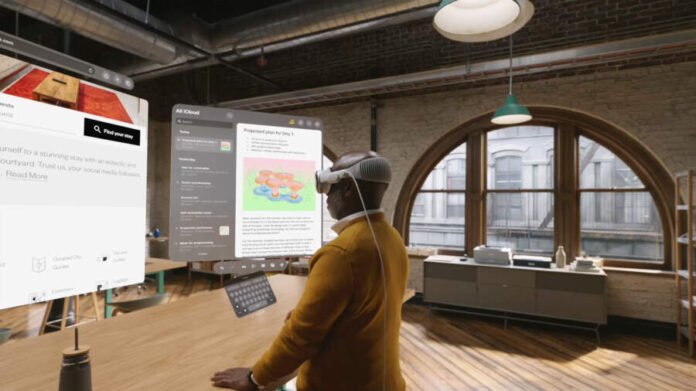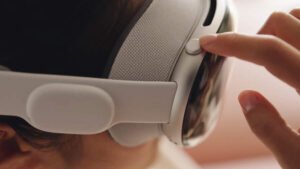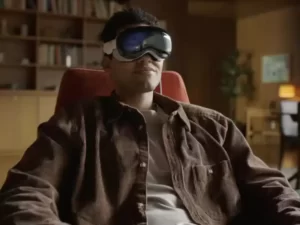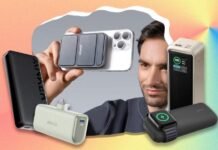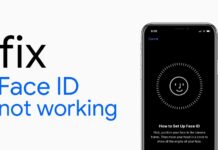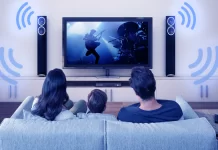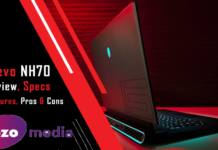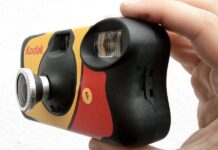Apple has finally announced its highly anticipated mixed-reality headset called the Vision Pro. Apple executives unveiled the smart goggles during its software conference keynote, signalling a potential shift beyond the iPhone. However, Apple is closely observing the situation, targeting Meta and making its mark on your face.
Apple executives didn’t provide official statements, but it was evident that Apple sees Vision Pro as a spatial computing platform, not just a single device. Its standout feature is the ability to adjust the level of immersion in the virtual environment, which makes it appealing even at a price of $3,500. This feature allows app developers to create 2D overlays for collaboration software and enables content creators to shoot stereoscopic dinosaur movies.
Exorbitant Amount of Money
However, Apple is demanding a high price from consumers for a product that hasn’t consistently proven its value yet. Whether it’s considered a platform or a product may not be significant to most people in this initial version of the product. Also, price is always a bomb with Apple.
When you enter the Apple facility, the modern amenities are visible. An employee first scans you with an app. Then they scan your glasses to get the correct measurements. This is essential for a good experience. It will ensure a much better user feedback as well. After that, they will personally calibrate a headset for your use. It feels exactly like a science fiction movie.
A Tethered Headset and Other Features
The Vision Pro headset from Apple is connected to an external battery, which is a sleek aluminium pack providing two hours of uninterrupted run time. Also, users also have the option to connect the Vision Pro to a Mac using USB-C, ensuring continuous functionality. What a time to be alive.
The Vision Pro interface is easy to use. With simple gestures and taps on the digital crown, users can navigate effortlessly. The device’s external cameras eliminate the need for hand controllers as it can detect your hand movements. Additionally, internal eye-tracking cameras determine the direction of your gaze, allowing the device to recognize which app you want to open or close.
Out of Science Fiction
In home mode, you’ll see a virtual dock of Apple apps in front of your eyes while still being able to see your actual living room. The AR home screen displays the Apple apps in a straightforward manner. The app containers remain unchanged, with regular icons that do not appear three-dimensional. They exist on the screen. Also, it seems like you can browse the menu at your leisure without many problems.
Interacting with the apps was an interesting experience. To open Photos, users could gaze at the app and then pinch their forefinger and thumb together. Scrolling through photos involved “grabbing” each image and swiping to the left, while expanding panoramic photos could be done by staring at the image and tapping on the Expand option. It is a bizarre experience.
Ease of Use
Using certain apps creates an immersive experience. So far, users who have experienced the demo talk about a seamless experience. You can watch movies and listen to songs. Also, you can play some minor games as well. It has an incredible performance, and people might even come to like it in the coming years. However, it is too early to say anything concrete about the headset. Let us see what happens. The headset might be good. Or it might be bad. Only time will tell.
Also read: Miami Residents Can Now Get Involved in New District Map After Ruling








































